Sealife Spotlight: 40 Penguin Facts You Didn’t Know
As part of our continuing ‘Sealife Spotlight’ series we wanted to cover some interesting facts about our feathered friend of the ocean, the adorable penguin. The cartoons have always showed the North Pole filled with these clumsy (on-land) birds that waddle around dressed up in tuxedo-like garb with no where fancy to go but into the ocean! But when these funny birds touch water, their clumsiness gives way to agile speedy hunters seeking out their next fishy meal.
Kids can’t get enough of the black and white symbols of a far away land covered in snow and ice. Penguins have been immortalized in our culture with the popularity of the recent Madagascar animated movies.
Don’t forget to celebrate World Penguin Day every April 25th!
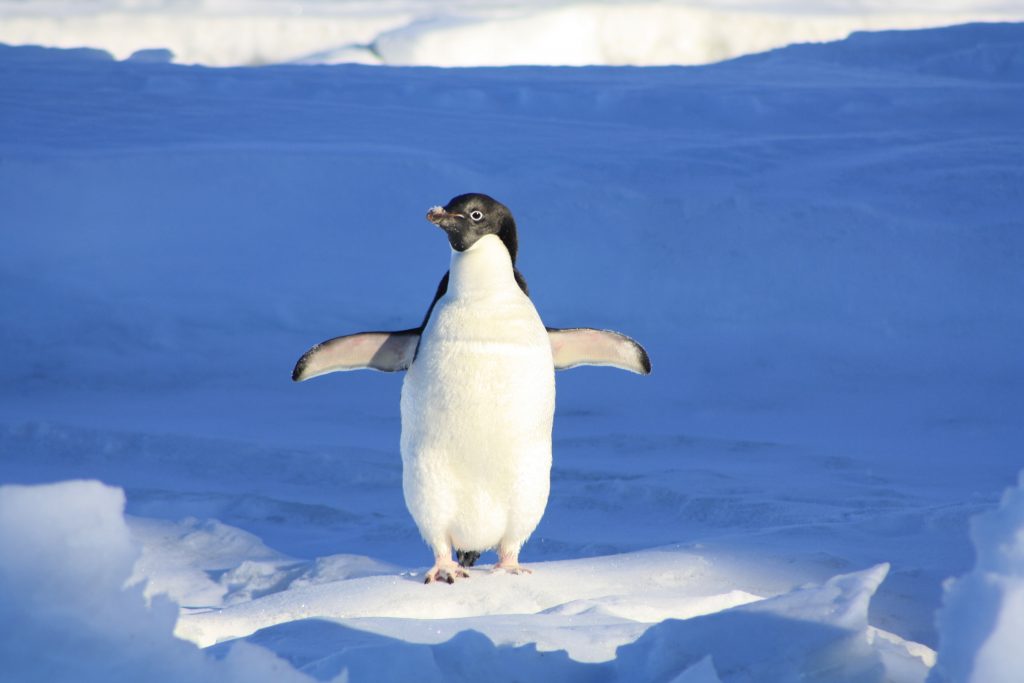
Let’s take a look at some interesting facts you may not have known about the endearing penguin:
- Penguins are one of about 40 species of flightless birds. Other flightless birds include rheas, cassowaries, kiwis, ostriches, and emus. Most flightless birds live in the Southern Hemisphere.
- All Penguins live in the Southern Hemisphere, from Antarctica all the way to the equator, for example the Galapagos Islands. Penguins can be found in countries such as New Zealand, Australia, Chile, Argentina and South Africa. Unlike what many cartoons show, there are no penguins living at the North Pole!
- The Galapagos Penguin is the only penguin species that ventures north of the equator in the wild. There is
- The Emperor Penguin is the tallest of all penguin species, reaching as tall as 47 inches (120 cm) in height. Little Blue Penguins are the smallest type of penguin, averaging around 33 cm (13 in) in height.
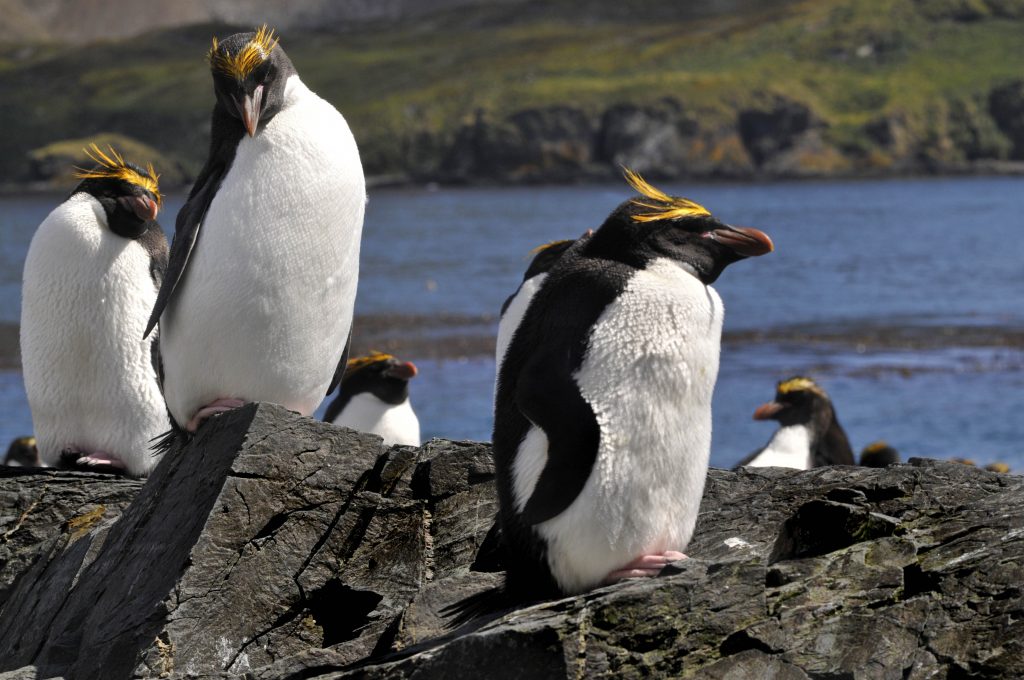
- A group of young penguin chicks is called a crèche. A group of penguins in the water is called a raft. A group of penguins on land is called a waddle.
- Penguins have a typical lifespan of about 15 to 20 years and spends nearly 75% of its life in the water.
- Penguins are piscivores: they feed on fish, squid, crabs, krill and other seafood they catch. During the summer an active, medium-sized penguin will eat 2 pounds of food each day but only a third as much in the winter.
- Once a year, penguins undergo a ‘catastrophic’ molt, meaning unlike other birds who lose feathers throughout the year, penguins lose all of theirs at once. Penguins are unable to swim and fish without feathers so they fatten up and stay land-bound for the 2-3 weeks it takes to regrow their feathers.
- All but two penguin species breed in large colonies for protection, ranging from 200 to hundreds of thousands of birds.
- Penguin colonies can be so dense that scientists can locate large penguin colonies from space by looking for dark-stained ice patches dirties by penguin poop!

- Penguins in Antarctica have no land-based predator and therefore are unphased by humans.
- Penguins swallow small pebbles and stones as well as their food. It is thought that the stones may help grind up and digest their food. The stones may also add enough extra weight to help penguins dive deeper.
- Most penguins can swim 5-6 miles per hour, and some can have bursts of speed of up to 15 mph. The fastest species is the Gentoo Penguin, which can reach swimming speeds up to 22 mph.
- Penguins can launch themselves over 7 feet (2 meters) above water. The technique they use to cut through waves like dolphins or porpoises is called “porpoising.
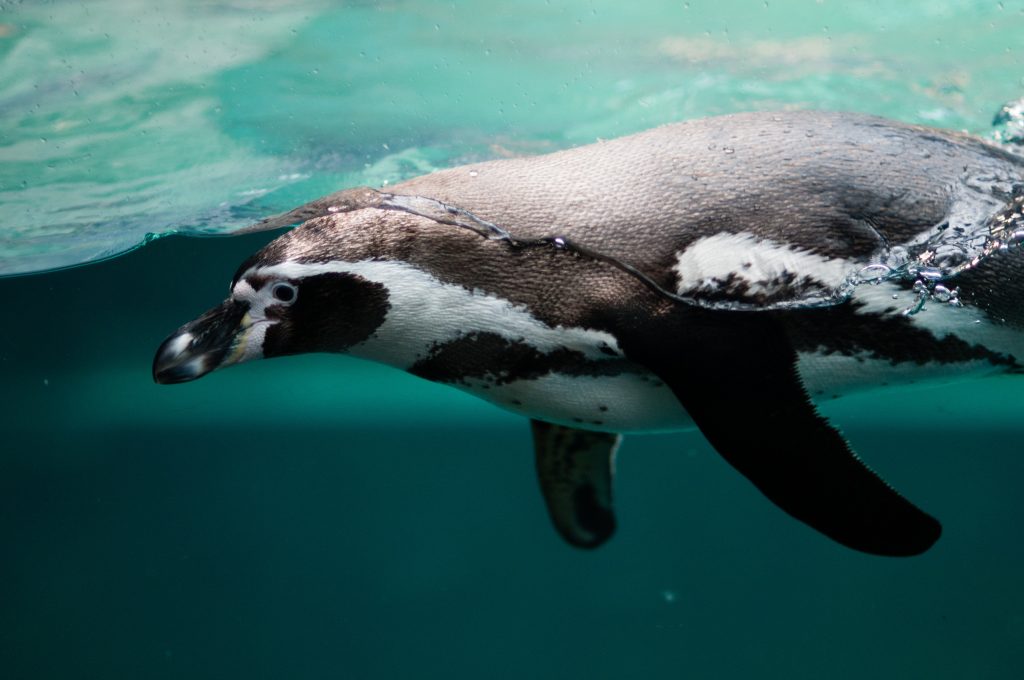
- Penguins often slide on their bellies over ice and snow. This is called “tobogganing.” Researchers believe they do this for fun and as an efficient way to travel over snow and ice.
- While Penguins can not breathe underwater, they can stay under for 10-15 minutes before coming to the surface to breathe.
- Smaller penguins usually do not dive as deep as larger penguins. Larger penguins, such as Emperor Penguins, can dive as far as 1,870 feet for as long as 22 minutes, making it the deepest-diving non-flying bird and the longest submerged bird.
- The Emperor Penguin has unique anatomy and physiology to support deeper dive sessions. It has solid bones rather than air-filled bones, which eliminates the risk of barotrauma. And their heart rate slows to 15-20 beats per minute and non-essential organs shut down during long dives.
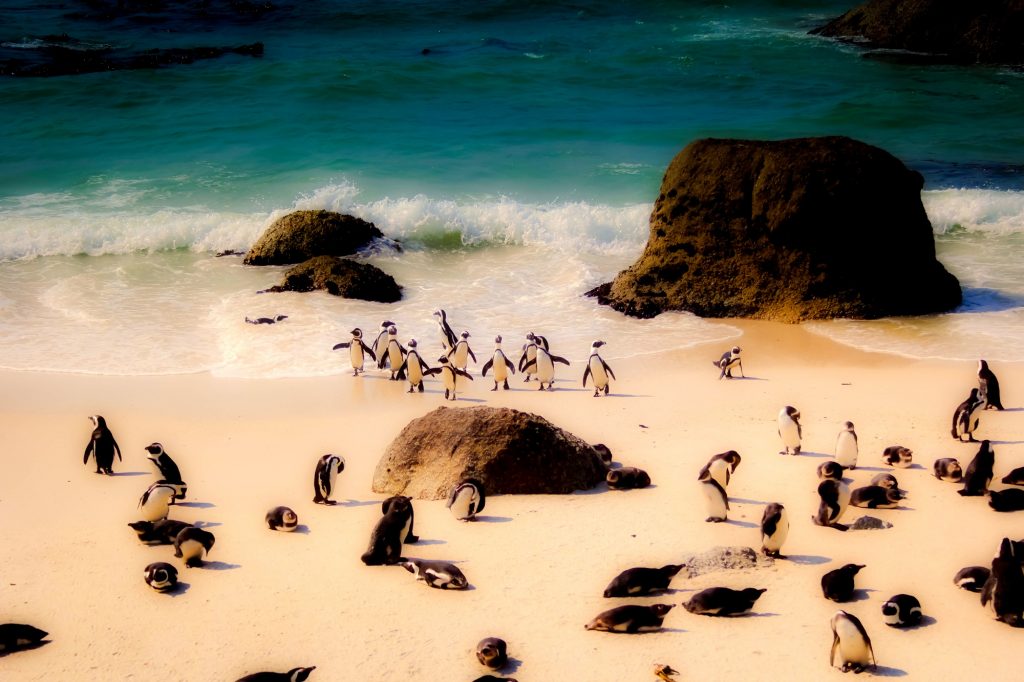
- Some penguins can catch more than 30 fish in one dive session.
- Penguins will usually enter and leave the water in large groups to avoid catching the attention of a predator and maintain ‘safety in numbers.’
- A Penguin’s vision is much better under water than on land. Researchers believe penguins are extremely short-sighted when out of water.
- In 2012 researchers discovered that a primary reason how penguins can swim so fast is in their ability to reduce drag. Penguins are able to fluff their feathers which releases bubbles under water, temporarily reducing the density of the water around them and thus lubricating their body against water viscosity. Doing this can cut their drag enough to double or triple their swim speeds and propel (porpoise) themselves out of the water.
- Most penguins swim underwater at around four to seven miles per hour (mph), but the fastest penguin—the Gentoo —can reach top speeds of 22 mph! (36 km/h).
- The famous tuxedo coloring of the penguin is designed as camouflage while they are in the water. Predators from above will find their black backs blending into the dark ocean, while predators from below will see the penguin’s white belly hidden against the bright sunlight. This camouflaging is called ‘countershading’.
- Penguins like most birds do not have any teeth. They do have flexible spines along the rood of their beak (and even on their tongue) to grip onto prey.
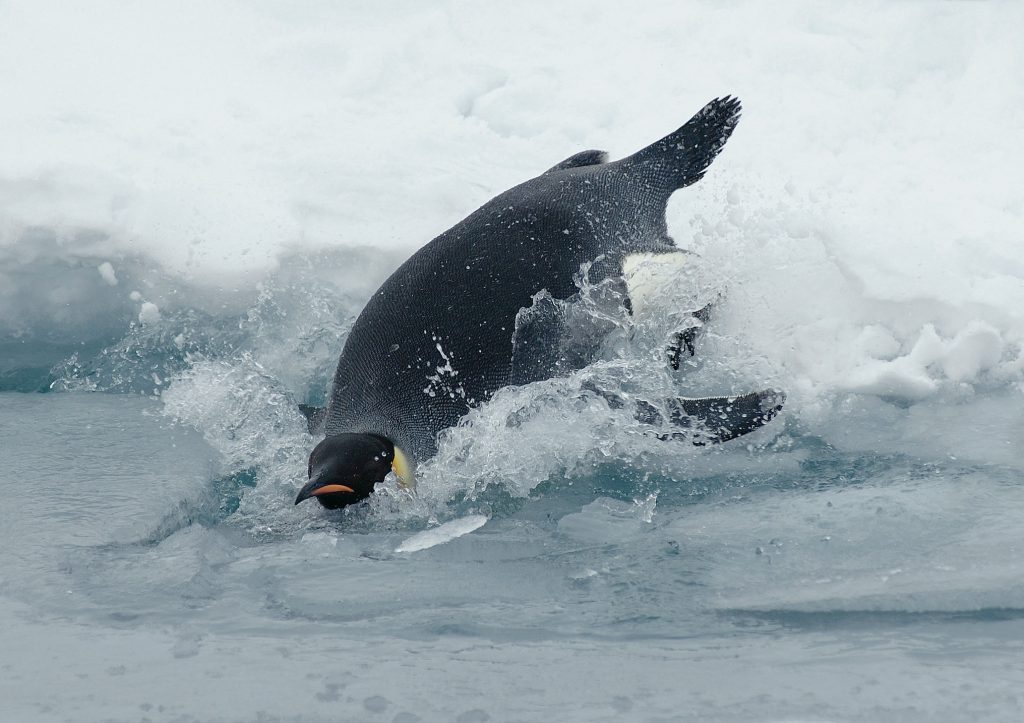
- Penguins get much of their needed water from the fish they eat, but also drink freshwater from pools, streams and snow. They do ingest quite a bit of saltwater given all the time they spend swimming around so they have a special gland (supraorbital gland) just above their eye that filters salt from their blood and excretes it through their bill or by sneezing.
- Penguins have another adapted gland (preen gland) that produces waterproofing oil. They spread this oil across their feathers to keep them waterproof, slick and able to stay insulated from the cold waters.
- Feathers are quite important to penguins, particularly those that live in and around Antarctica during the winter. Emperor penguins have the highest feather density of any bird, at 100 feathers per square inch.
- Penguins don’t rely on blubber to stay warm like most other sea mammals in the water. They survive the cold by trapping a layer of warm air next to their skin under their feathers, particularly when swimming.
- A penguin’s normal body temperature is approximately 100° F (38° C).
- Penguins can adjust the amount of blood flow to their extremities in order to reduce the amount of blood that gets cold, but also maintain enough flow to prevent their extremities from freezing.
Penguin Breeding
- Generally speaking, penguins are not sexually dimorphic meaning males and females of the species don’t have dramatic differences in appearance.
- Most penguin species nest in communal areas called “rookeries” and may contain thousands of pairs of birds. Each penguin has a distinct call, which allows penguins to find their mates and chicks even in the largest groups.
- Emperor penguins have the longest uninterrupted incubation time of any bird at 64-67 days.
- Most penguin species breed during the spring and summer. Egg incubation varies from 30 days to 67 days, depending on the species. The Emperor Penguin is the only penguin that breeds during the Antarctic winter.
- Different penguins species have different ways of attracting a mate. King Penguins, for example, sing long songs with their partners. Gentoo Penguin males give their prospective mates gifts of small pebbles or stones. For penguins, bonding is an important part of raising a chick.
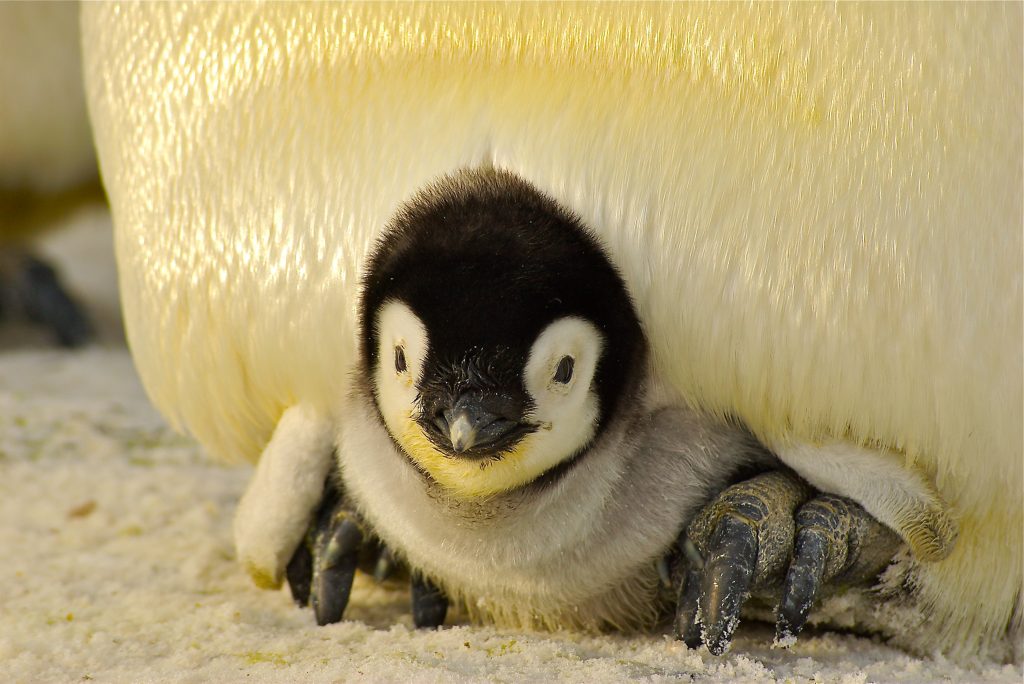
- Most penguin species lay two eggs in a nest made from pebbles and loose feathers. However, Emperor and King Penguins, the two largest species lay just a single egg and do not build a nest. They keep the egg warm on their feet and cover it with a flap of skin called a ‘brood pouch.’
- Just like penguins that have recently molted, newly-hatched penguin chicks are not waterproof so they can not go into the water. They depend on their parents to bring them food and keep them warm until waterproof feathers replace their fluffy down coats.
- Approximately 1 in 50,000 penguins is born with brown plumage rather than black. These are called isabelline penguins. They live shorter lives than other penguins because they are less camouflaged and often do not mate.
- Similar to other birds, penguins have excellent hearing. They rely on this hearing and the creation of distinct calls to identify their mates when returning to crowded ‘rookeries’ (breeding grounds).
- In some species, it is the male penguin which incubates the egg(s) while females leave to hunt for weeks at a time. Because of this, pudgy males—with enough fat storage to survive weeks without eating—are most desirable.
Penguin Conservation
Climate change will likely affect different penguin species differently—but in the Antarctic, it appears that the loss of krill, a primary food source, is the main problem. In some areas with sea ice melt, krill density has decreased 80 percent since the 1970s, indirectly harming penguin populations.
Of the 17 penguin species, 13 are either threatened or endangered, with the most endangered being New Zealand’s yellow-eyed penguin: only around 4,000 birds survive in the wild today. But other species are in trouble, including the erect-crested penguin of New Zealand, which has lost approximately 70 percent of its population over the past 20 years, and the Galapagos penguin, which has lost more than 50 percent since the 1970s.
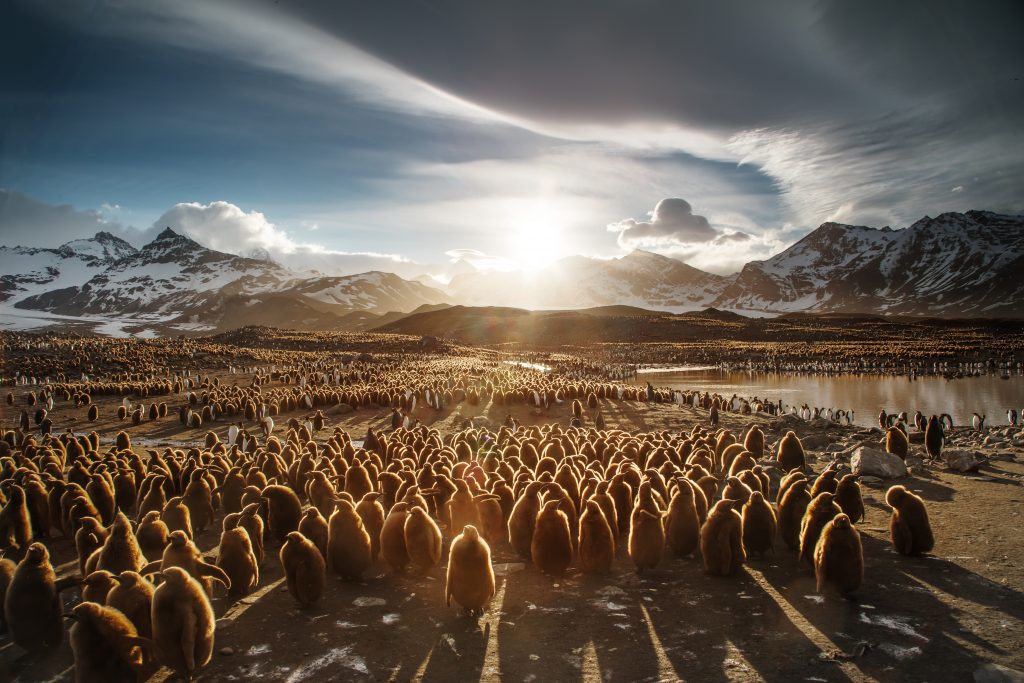
We hope you’ve learned something new about our cute friend, the penguin. Their tuxedo-sharp looks and on-land antics give way to graceful underwater hunters and divers.
Love the penguin and want some interesting ideas to incorporate them into your home? Check out our post on 10 Cool Penguin Accessories for your Coastal Home.
And if you’re interested in learning some interesting facts about other sea life, check out our other posts in the Sealife Spotlight series:


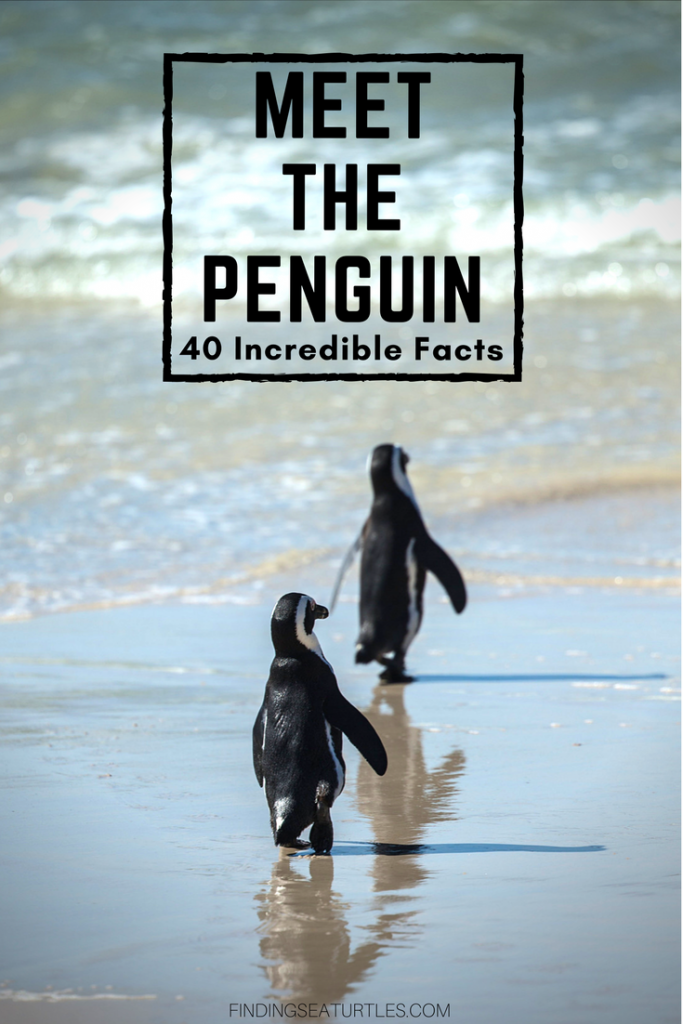
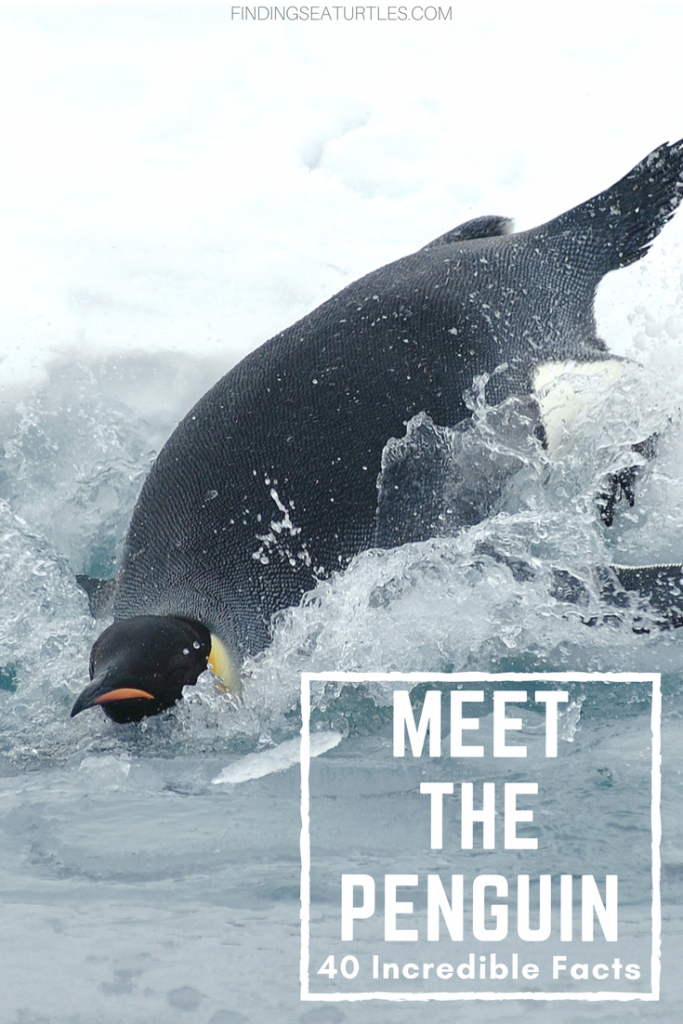



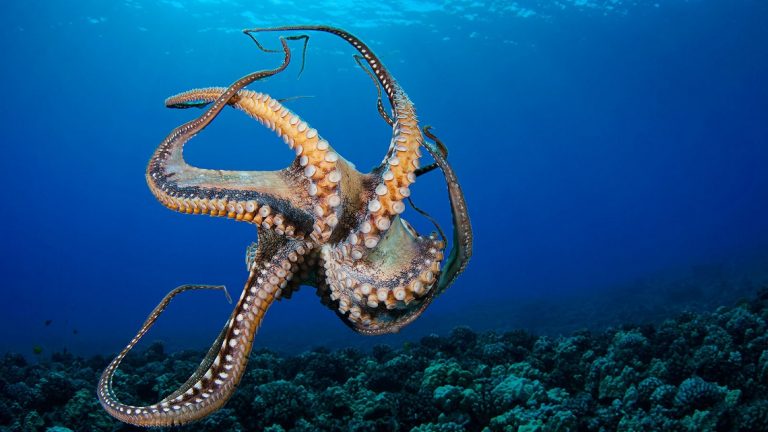
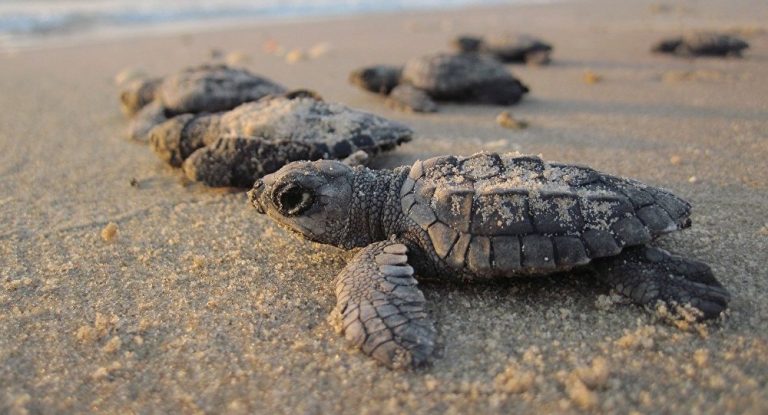
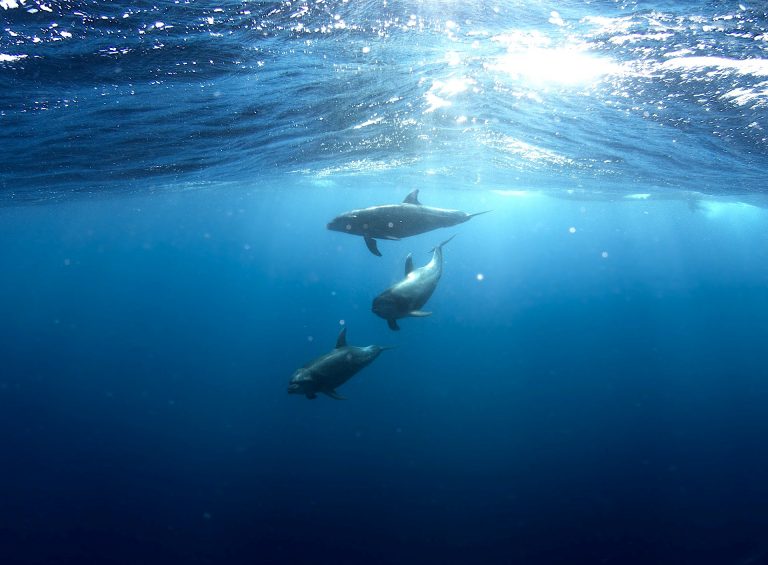
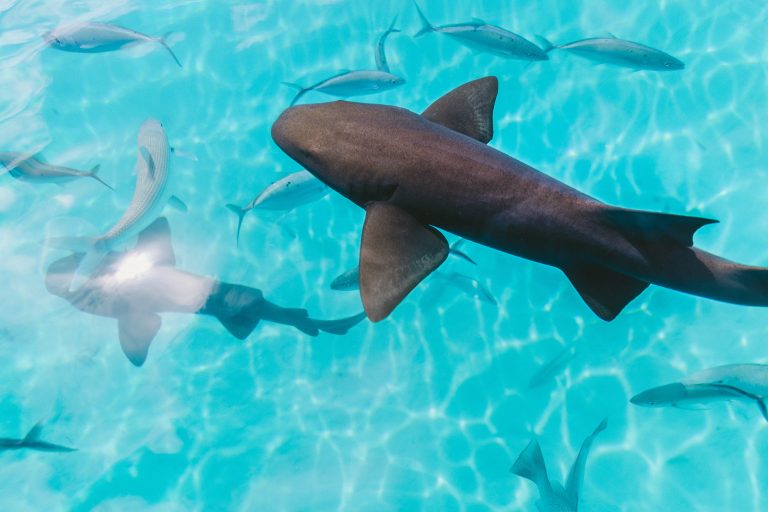
Absolutely love this! Very interesting,I am sharing! 🙂
Thanks so much Debbie – glad you liked it. We had no idea ourselves how fascinating Penguins are beyond being cute and lovable!